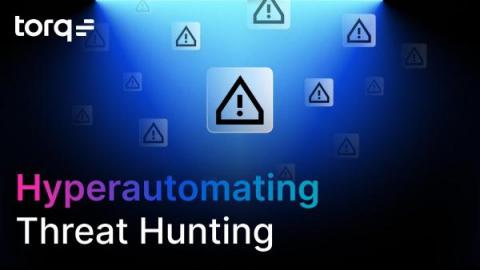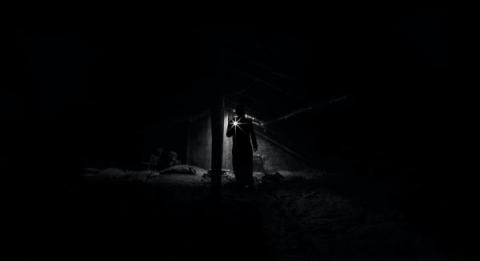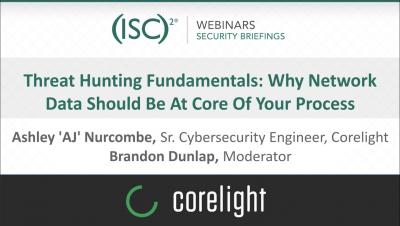Security | Threat Detection | Cyberattacks | DevSecOps | Compliance
Threat Hunting
The Threat Hunting Guide: Everything To Know About Hunting Cyber Threats
2023 SANS Threat Hunting Survey Focusing on the Hunters and How Best to Support Them
Threat Hunting vs Incident Response for Cyber Resilience
Introducing the PEAK Threat Hunting Framework
Threat Hunting Fundamentals: Why Network Data Should Be At Core of Your Process
Behind the Curtain: Falcon OverWatch Hunting Leads Explained
Most hunting enthusiasts agree that the thrill of hunting lies in the chase. Equipped with experience and tools of their trade, hunters skillfully search for signs of prey — a broken twig, a track in the mud. CrowdStrike® Falcon OverWatch™ threat hunters are no different. They search for signs of their prey — of adversaries lurking in the dark — and these signs are called hunting leads.
How Advanced Continual Threat Hunting Takes MDR and Cybersecurity to the Next Level
When researching which managed detection and response (MDR) service provider to partner with, security professionals would do well to consider whether the provider also has experience with threat hunting, a topic we covered in a previous post. As with MDR, however, threat hunting offerings can vary dramatically, and an innovative, human-led form promises significant gains in terms of cyber protection: advanced continual threat hunting.
Why Threat Hunting is Crucial to a Managed Detection and Response Service
Managed detection and response (MDR) is justifiably one of the fastest-growing areas of cybersecurity, with Gartner estimating 50 percent of organizations will be using MDR services by 2025. But in choosing an MDR service, security pros should take into consideration what kind of expertise the provider can bring to bear – and how that expertise should extend beyond the MDR service itself.











